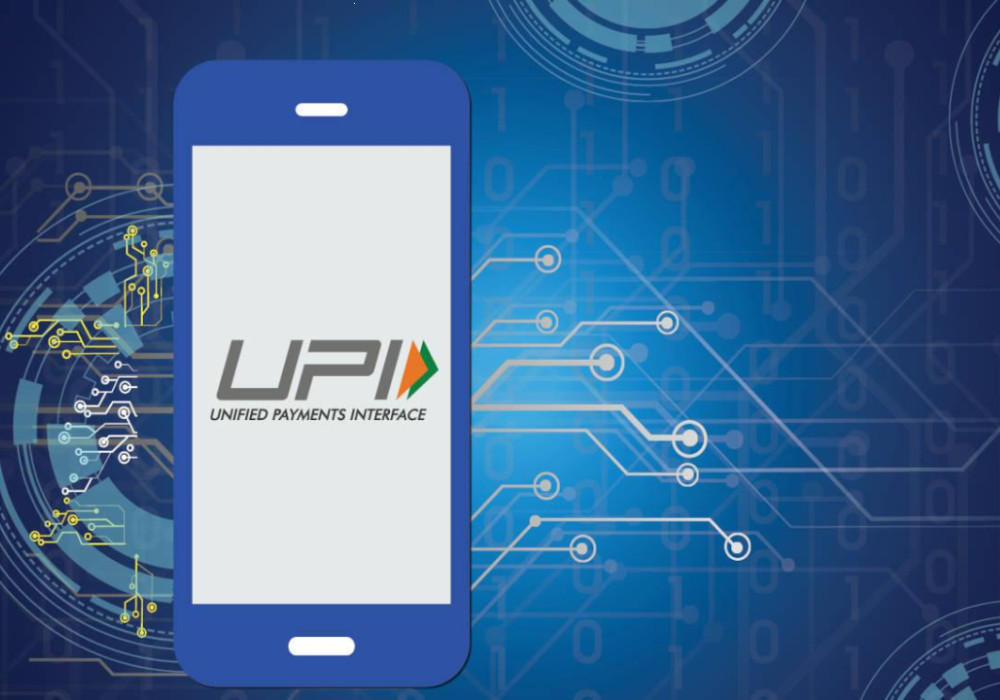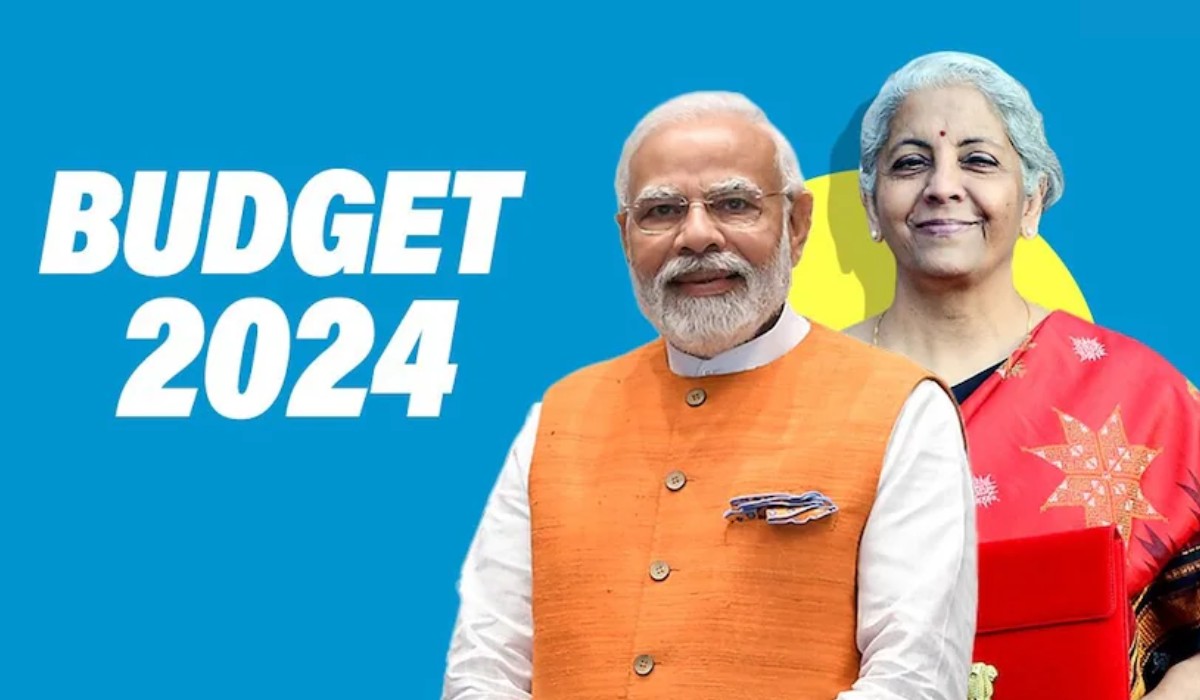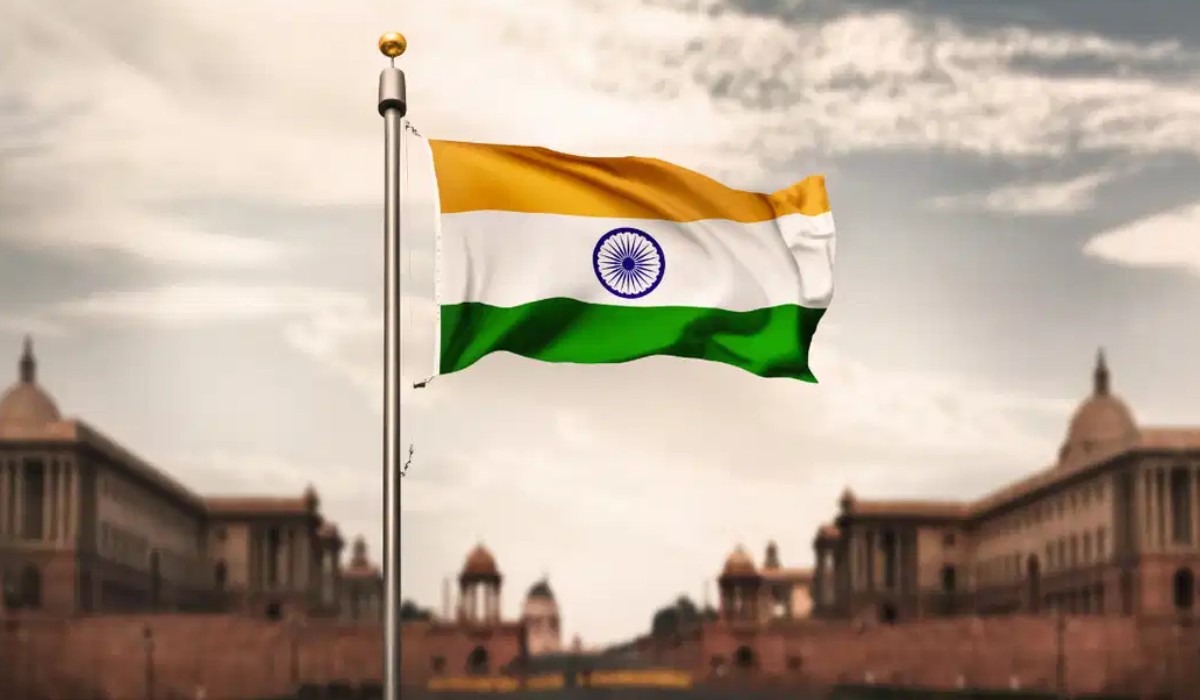In India, several Unified Payments Interface UPI-enabled apps are available for conducting digital transactions. Some of the popular UPI apps in India include:
- Google Pay (formerly Tez)
- PhonePe
- Paytm
- BHIM (Bharat Interface for Money)
- Amazon Pay
- WhatsApp Payments
- PayZapp
- Freecharge
- MobiKwik
- Airtel Payments Bank
These apps allow users to link their bank accounts and create a Virtual Payment Address (VPA) to make seamless and secure UPI transactions. Each app offers its own unique features and additional services beyond basic UPI functionality. Users can choose the app that best suits their preferences and requirements for digital payments.
Unified Payments Interface (UPI) in India is a revolutionary digital payment system that enables instant and secure transactions between different bank accounts. Here is some essential information about UPI:
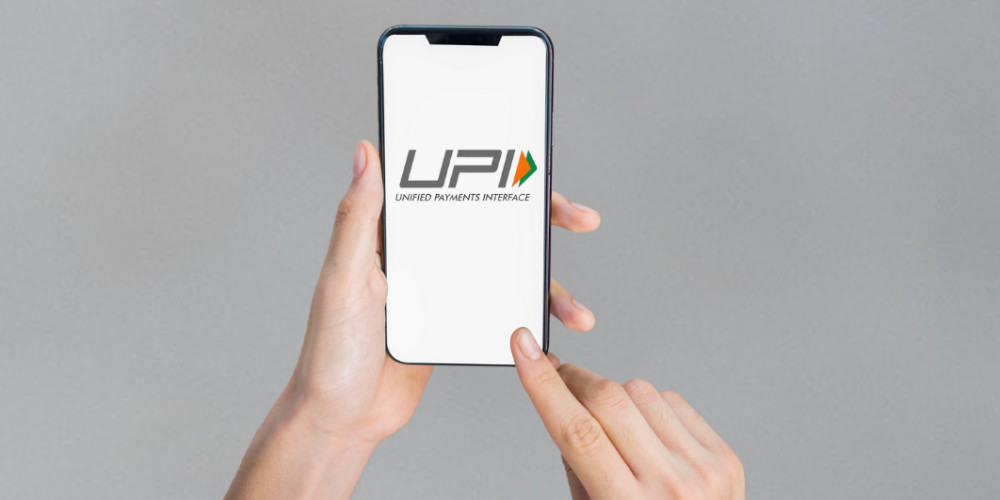
Purpose and Launch:
- UPI was launched by the National Payments Corporation of India (NPCI) in 2016.
- Its primary objective is to promote digital transactions, financial inclusion, and create a cashless economy in India.
Key Features of Unified Payments Interface (UPI):
- Real-time Payments: UPI allows immediate transfer of funds between individuals and businesses, 24/7.
- Virtual Payment Address (VPA): Users can create a VPA that serves as a unique identifier for their bank account, simplifying transactions.
- Multiple Bank Account Linking: UPI supports linking multiple bank accounts to a single UPI-enabled app, eliminating the need for multiple apps.
- Two-Factor Authentication: UPI employs secure two-factor authentication methods such as PIN, fingerprint, or iris scan to ensure transaction security.
- Peer-to-Peer (P2P) and Merchant Payments: UPI facilitates seamless transactions between individuals (P2P) and enables payments to merchants through QR codes and VPAs.
Unified Payments Interface-enabled Apps:
- Various banks and third-party payment apps offer UPI services, allowing users to choose their preferred app.
- Some popular UPI apps in India include Google Pay, PhonePe, Paytm, BHIM, Amazon Pay, and WhatsApp Payments.
Transaction Types:
- UPI supports a wide range of transactions, including money transfers, bill payments, online shopping, recharges, and more.
- Users can make payments by entering the recipient’s VPA, mobile number, or scanning a QR code.
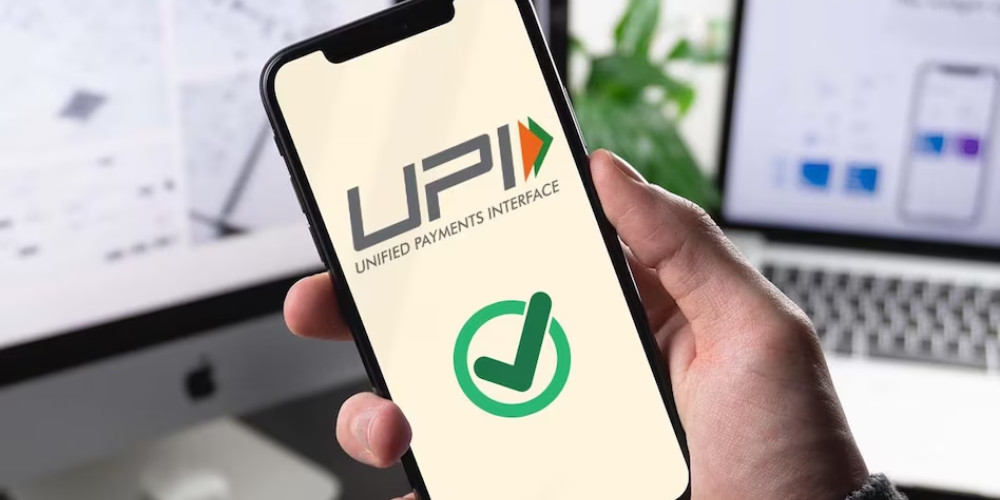
Security and Regulations:
- UPI transactions are highly secure, employing encryption and multi-factor authentication.
- The Reserve Bank of India (RBI) and NPCI regulate and oversee UPI transactions to ensure consumer protection and adherence to guidelines.
Growing Popularity:
- UPI has gained significant popularity in India due to its convenience, speed, and ease of use.
- It has witnessed exponential growth in transaction volumes, reflecting its acceptance among users and merchants.
Impact on Digital Payments:
- UPI has played a pivotal role in transforming India’s digital payments landscape and driving the adoption of digital transactions.
- It has contributed to financial inclusion by enabling individuals across all sections of society to access digital payment services.
Future Potential of Unified Payments Interface:
- UPI continues to evolve and innovate, with ongoing enhancements and new features being introduced regularly.
- Its success has inspired other countries to explore similar payment systems, showcasing India’s leadership in digital finance.
Unified Payments Interface (UPI) has revolutionized the way Indians transact, promoting financial inclusion and driving the nation’s journey toward a digital economy.







